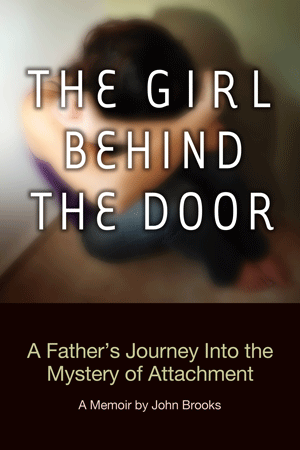Lately I’ve been stumbling across various blog postings about things people have learned about [fill in the blank], things they want you to know about [fill in the blank], things you wish you could say to [fill in the blank.] They come from adoptive families, adopted people and others within and outside the adoption triad. I mean no disrespect, but I thought I should add my own painful lessons learned too late about adoption since my precious daughter Casey’s suicide.
- Adoption is a very complex and, in some respects, unnatural arrangement between birth parents, adoptive parents and, most importantly, the adopted child in the middle. Consider this: the animal shelter waits weeks before it gives away a puppy but humans hand over children as early as birth. Unfortunately this is the best system we have for now to help children who need homes find them.
- All too often (but not always) raising adopted children can be extremely difficult, a constant tug of war. Just loving them enough may not be enough. The adoptive parents may have to accept that their family experience will be nothing like the Hallmark Moments of their own childhood. They may feel like they’re spilling blood for their adoptive family while getting little in return.
- Within the adoption triad, the adoptive parents have choices, whether they’re good or bad. The birth mother also has choices, but they are probably ALL bad. The adopted child has no choice. No matter how loving or lovely her new home and family are compared to where she came from, she didn’t ask for this.
- When adoptive parents receive their child – whether in the delivery room or from an orphanage – there is a natural inclination for a fresh start. Give her a new name, new fresh clothes and, hopefully, whitewash the past. That’s what we did all the while meaning the best for Casey. But consider keeping her birth name as that is her identity. Keep something with her from birth or the orphanage, even if it’s dirty or stinky. As one adoption therapist told me, “It’s in the child’s nature to cling to something.”
- An open adoption may be uncomfortable for the adoptive parents but may be in the best interests of the child. Like our daughter Casey, as she grows up she may deny any interest in her birth or birth family. But I’ve met many adopted adults who are almost universally obsessed with re-connecting, even if it’s painful. The birth mother may have asked to never be contacted, but how can we know that those instructions were genuine. At least have some channel available to your child if or when that need to re-connect emerges. How can a child NOT think about where they came from?
- Parenting an adopted child is completely counter-intuitive if you are to follow the professionals. Adopted children need to know that their new home is safe no matter how badly they act out. They need to know that their feelings are respected. Classic forms of discipline – like time ours and withholds – can backfire. Attachment parenting involves some parts discipline and structure but a much greater part helping the child self regulate her emotions. Remember she didn’t ask for this.
- You may find yourself in seemingly endless fights and power struggles as your child navigates through adolescence. Controlling her environment is often vital to an adopted child who came into this world with no control whatsoever. So prepare to lose a lot of power struggles.
- While many adopted children do just fine in their new world, there are many who need help beyond just devoted parents. As a group, adopted children are at a higher risk for a range of behaviors and disorders, from never-ending tantrums to self-harm and suicide. How could they not? So consider having your child assessed by a qualified professional early on. Many of their behaviors (like rages and tantrums) seem normal for a two year old, but not for a sixteen year old.
- If the adoptive parents decide to seek therapy, it is imperative that they find a professional qualified in adoption and attachment therapies. Oftentimes they are adoptive parents, birth parents or adoptees themselves, and are thus better equipped to gain the confidence of the child as they have lived that experience. They know what questions to ask and how to ask them. We had no idea such specialists existed, and thought that a high priced suburban “expert in troubled teens” was enough. That was a fatal mistake.
- A qualified professional should be able to provide a proper diagnosis of your child, and without a proper diagnosis she can’t be properly treated. The professional should distinguish between behaviors that suggest attachment disorder from ADHD, FAS, autism, Asperger’s, etc. Attachment disorder and “RAD” are too often casually tossed around when other illnesses may exist as well.
After reading these it may seem as though I’m anti adoption. Nothing could be further from the truth. Make no mistake, I feel like the luckiest guy in the world to have been Casey’s dad. After her death, I learned the painful way that just about everything I thought I knew about adoption was wrong. So I honor her by sharing with others what I’ve learned about adoption since her death. I want to do what I can to help other families avoid our tragic mistake.
John Brooks is a blogger and author of, The Girl Behind The Door, a memoir about his search for answers to his daughter Casey’s suicide. It is available on Amazon and Kindle.
Written By John Brooks
10 Painful Lessons I Learned Too Late As An Adoptive Father was originally published @ Parenting and Attachment and has been syndicated with permission.
Our authors want to hear from you! Click to leave a comment
Related Posts





